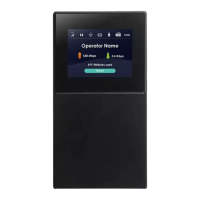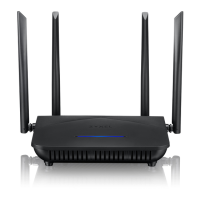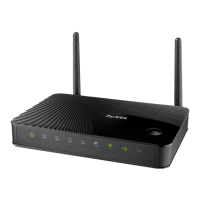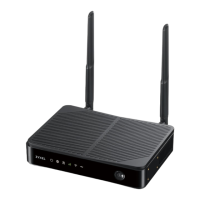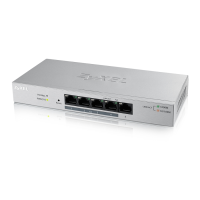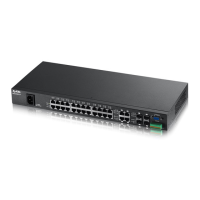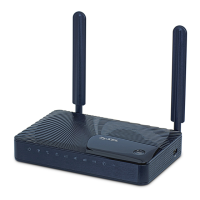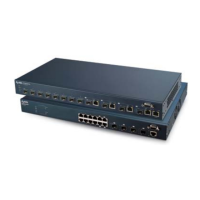Chapter 28 TR-369
NR/FWA Outdoor Series User’s Guide
251
28.5.1 Add or Edit Controller
Click Add New in the Controller screen or click the Edit icon next to a controller. Use this screen to
configure the required information for a controller.
Figure 170 Maintenance > TR-369 Local Agent > Controller: Add or Edit
The following table describes the fields in this screen.
Table 109 Maintenance > TR-369 Local Agent > Controller: Add or Edit
LABEL DESCRIPTION
Enable Slide this to the right to enable the controller.
Alias Enter a unique name to identify the device acting as the controller. Please note the following:
• The value must not be empty.
• The value must start with a letter.
• If the value is not assigned by the controller at creation time, you must assign a value with a
"cpe-" prefix.
If the value isn't assigned by the controller on creation, you must choose an initial value that
doesn't conflict with any existing entries.
Endpoint ID This identifies the device acting as a controller.
The Endpoint Identifier (ID) is used in the USP Record and various parameters in a USP Message to
uniquely identify Controller Endpoints. It can be globally or locally unique, either among all
Endpoints or among all controllers or all agents, depending on the scheme used for assignment.
It has two mandatory and one optional components: authority-scheme, authority-id, and
instance-id.
These three components are combined as: authority-scheme ":" [authority-id] ":" instance-id.
The format of the authority-id is dictated by the authority-scheme. The format of the instance-id
is dictated either by the authority-scheme or by the entity identified by the authority-id.
When used in a certificate, an Endpoint ID is expressed as a urn in the bbf namespace as:
"urn:bbf:usp:id:" authority-scheme ":" [authority-id] ":" instance-id
When used anywhere else (for example, in the to_id and from_id of a USP Record), the
namespace information is omitted, and the Endpoint ID is expressed as: authority-scheme ":"
[authority-id] ":"instance-id.
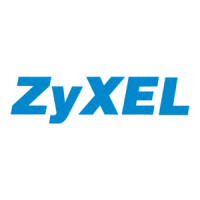
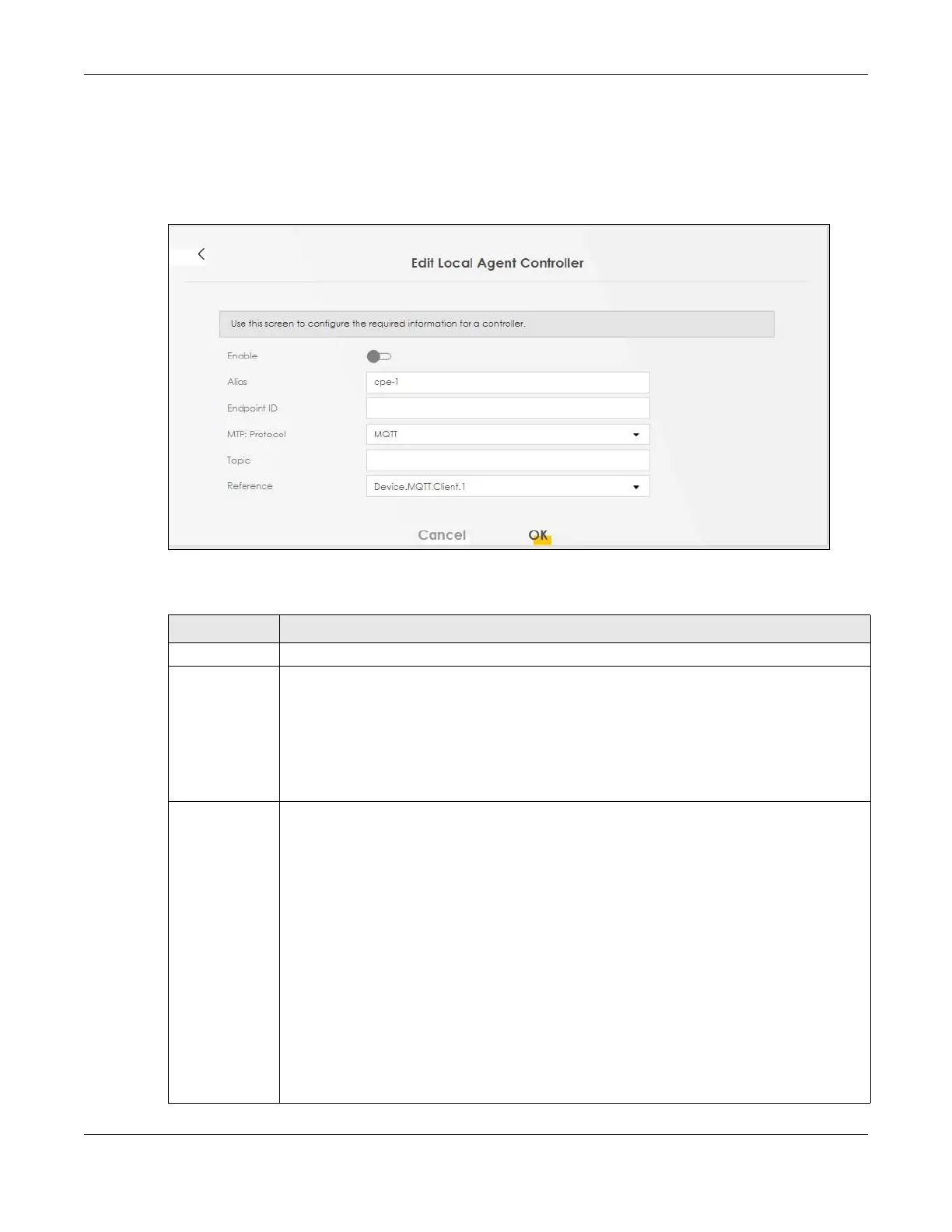